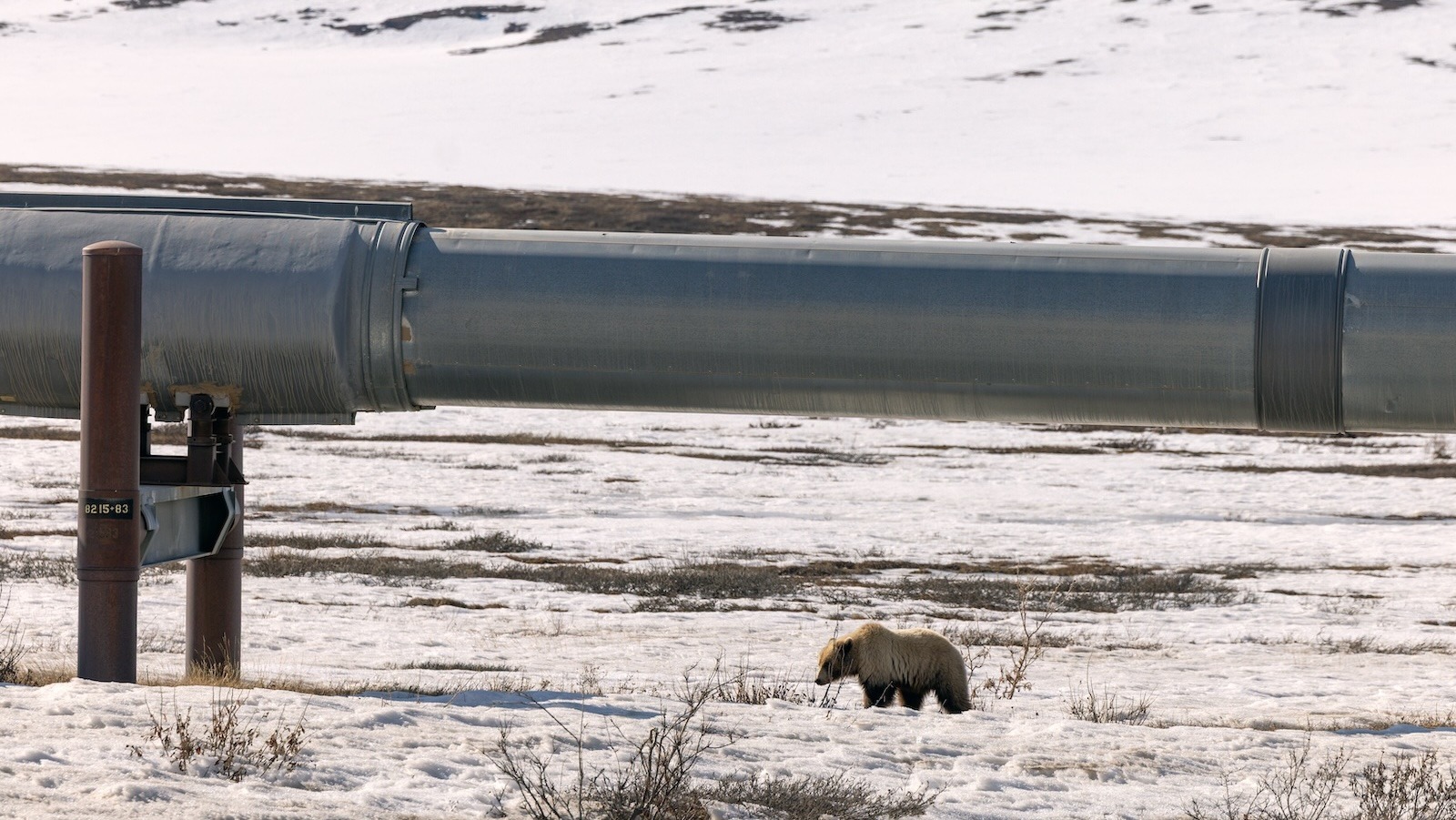For more than 50 years, the Endangered Species Act has saved thousands of animals and plants from threats like poaching, habitat loss, and pollution. It brought bald eagles back from the brink of extinction, reestablished grizzly bear populations on public lands, and safeguarded the redwood forests that play host to dozens of vulnerable animals. In total, it has prevented the extinction of 99 percent of the species it has protected.
Last week, President Donald Trump announced that his administration is weakening or eliminating key provisions of the bedrock environmental law that protect vulnerable species from extractive activities like oil drilling.
Secure · Tax deductible · Takes 45 Seconds
Secure · Tax deductible · Takes 45 Seconds
This isn’t the first time Trump has gutted the Endangered Species Act, or ESA. Back in 2019, his administration changed the act to make it easier to remove a species from the list, and to allow economic factors to be considered when determining whether to list a new species. Many of those changes were reversed during Joe Biden’s presidency, but may now be overturned once again. The new rollbacks were announced by the National Marine Fisheries Service and the Department of the Interior’s U.S. Fish and Wildlife Service.
The proposed changes would also limit federal agencies’ ability to consider potential future impacts on a species — such as the impacts of climate change — when deciding which species to list. In addition, the so-called blanket rule, which bestows species listed as threatened with the same protections as those listed as endangered, would be canceled. (“Endangered” means a species is in danger of extinction, while “threatened” means it’s likely to become endangered in the foreseeable future.)
“This is certainly of a piece with this administration’s drive to undermine conservation, undermine protection of federal lands and wildlife, and to benefit the extractive industries and stakeholders that certainly have this administration’s ear,” said Jane P. Davenport, a senior attorney at Defenders of Wildlife, an environmental nonprofit.
The ESA proposal came within days of two other major environmental rollbacks: The Environmental Protection Agency announced plans to remove federal protections from millions of acres of wetlands and streams, scaling back the Clean Water Act and threatening drinking water for millions of Americans. The administration also said it would open nearly 1.3 billion acres of U.S. coastal waters to new oil and gas drilling.
What the new ESA rollbacks will mean
The Endangered Species Act was, at its start, a bipartisan piece of legislation, signed by President Richard Nixon in 1973. At the time, many states had their own legislation in place, but those laws tended to be weak, Noah Greenwald, of the Center for Biological Diversity, said. Rules constrained by state borders didn’t reflect the natural spread or movement of species or the threats that impacted them, and they didn’t provide protections for habitats. The ESA addressed both of those concerns.
In 1982, Congress passed a set of amendments to the law that made it easier for non-federal land managers to develop endangered species’ habitat — even, in some cases, when those species might be “incidentally harmed.” Developers, loggers, and mining and drilling corporations have long pushed to create more workarounds, but have often been stymied by the idea of “critical habitat” — land that is protected by virtue of how necessary it is to a specific species.
The northern spotted owl, for instance, needs the complex forests of the Pacific Northwest in order to thrive. The rusty patch bumblebee needs places to nest underground in the Midwest and Northeast. “It’s not just enough to protect a species,” said Rebecca Riley, a managing director at the Natural Resources Defense Council. “You also have to protect its habitat.”
What species to protect and how, as well as when to delist it, had previously been made using only “the best scientific and commercial data available.” The Trump administration’s new policies will allow economic factors to now be part of the species listing process and habitat designation.
The climate implications of the proposed changes
The dismantling of the ESA would have ramifications for decades to come. It could significantly impact our ability to protect species from climate change, curb our ability to fight it, and even fuel it more. Forests being protected under the act soak up heaps of carbon dioxide in their tissues, and transfer much of the carbon to fungi for storage in the soil. Wetlands, too, not only provide a safe place for species, but trap loads of carbon and, if they’re on the coast, act as buffers for hurricane storm surges and rising sea levels. Losing any of these habitats means a hard fight against planetary warming. Weakening the ESA will also open doors to more oil and gas drilling — adding more greenhouse gases to the atmosphere. “It has double the effect,” Riley said. “You’re hurting the species and the ecosystem, and you’re harming the climate.”
When President Donald Trump attempted to weaken the Endangered Species Act during his first administration, he was up against stiff opposition: Environmental and climate groups sued the president, and Biden undid many of Trump’s changes in the first months of his presidency.
But 2025 is not 2019. In his second term, President Trump has pushed even harder to support expanded fossil fuel development, and critical minerals extraction is opening new avenues for mining, including on protected lands. The under-construction Rhyolite Ridge lithium mine in Thacker Pass, Nevada, for example, is to be built on the habitat of two organisms — Tiehm’s Buckwheat, a wildflower, and a rare snail called the Kings River pyrg, each of which is endemic to the area. (The wildflower is listed as endangered, the snail is not.) Environmental groups and tribes sued the Bureau of Land Management in an attempt to protect the Tiehm’s Buckwheat; those lawsuits cite the Endangered Species Act to provide legal backing.
“This administration is restoring the Endangered Species Act to its original intent, protecting species through clear, consistent and lawful standards that also respect the livelihoods of Americans who depend on our land and resources,” said Secretary of the Interior Doug Burgum in a statement.
But four out of five Americans support the current remit of the Endangered Species Act. “I think Americans understand that extinction is forever,” Riley said, “and they understand that we have a moral obligation to try to prevent species from going extinct.”
The administration is currently accepting public comment on its proposed ESA changes for 30 days, starting November 21.
Source link
Sophie Hurwitz grist.org



